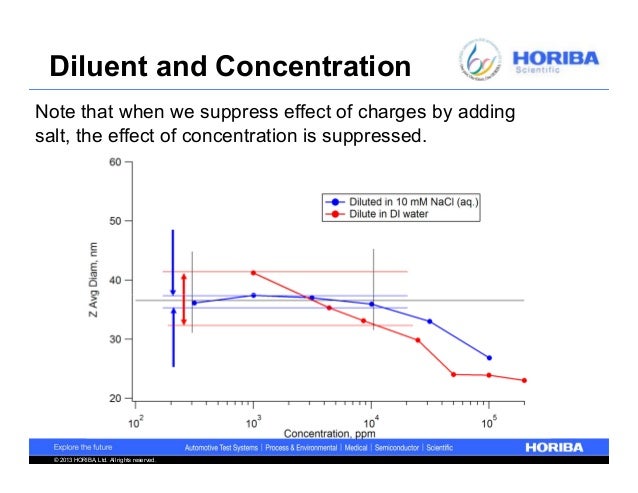

To this end, numerical methods are not appropriate, and analytically tractable models are required. However, to find in the range of the problem parameters windows, where the desired effect is the most pronounced, the dependence of the scattering on these parameters in a wide domain of their variations is required.
THEORY OF DYNAMIC LIGHT SCATTERING FREE
Due to the existence of various numerical methods and many pieces of software, both free and commercial, created to perform this integration, it has become a more or less routine procedure. Thus, at the moment, the only possible theoretical description of transient effects at the resonant light scattering by subwavelength particles is made with the help of direct numerical integration of the complete set of Maxwell’s equations. However, for the time being, analytical descriptions of the resonant light scattering by particles are still based on the solutions of Maxwell’s equations describing the steady-state scattering, where the processes of gradual “swinging” of resonant modes are not taken into account. As it could be expected, these studies also reveal qualitatively new effects, which do not exist at the steady-state scattering. , the corresponding studies in light scattering by subwavelength particles have begun only recently. Though in quantum spectroscopy, it is well-known that nonsteady resonant scattering may qualitatively differ from its steady-state realizations, see, e.g. Nowadays, currently, these two factors together make a typical situation where the duration of the laser pulse becomes comparable or even shorter than the relaxation time of the resonance effects initiated by this pulse. On the other hand, the frontier of modern photonics moves toward short and ultrashort pulses. Thus, the price one must pay for making use of high- Q resonances is long-lasting transient effects. However, the characteristic relaxation time for a resonance is inversely proportional to its Q-factor. It is explained by the fact that to obtain strong resonant effects, the corresponding resonance should have a high amplitude, and hence a high Q-factor, at least if a spatially bounded system is a concern. High- Q resonances are of utmost importance in a wide diversity of problems.

The models’ advantages and disadvantages are revealed, and the ways to apply them to other types of dynamic resonant scattering are discussed. The accuracy of the models is checked against their comparison with results of the direct numerical integration of the complete set of Maxwell’s equations and occurs very high. The latter occurs when the incident pulse is over and is explained by the electromagnetic energy released in the particle at the previous scattering stages. We observe and explain intensive sharp spikes in scattering cross-sections just behind the leading and trailing edges of the incident pulse. To exhibit the power of the models, we apply them to explain the dynamic light scattering of a square-envelope pulse by an infinite circular cylinder made of GaP, when the pulse carrier frequency lies in the vicinity of the destructive interference at the Fano resonances. We show that sharp variations in the envelope of the incident pulse may initiate unusual, counterintuitive dynamics of the scattering associated with interference of modes with fast and slow relaxation. One of them is based on a generalization of the temporal coupled-mode theory, and the other employs the normal mode approach. We introduce two tractable analytical models to describe dynamic effects at resonant light scattering by subwavelength particles.


 0 kommentar(er)
0 kommentar(er)
